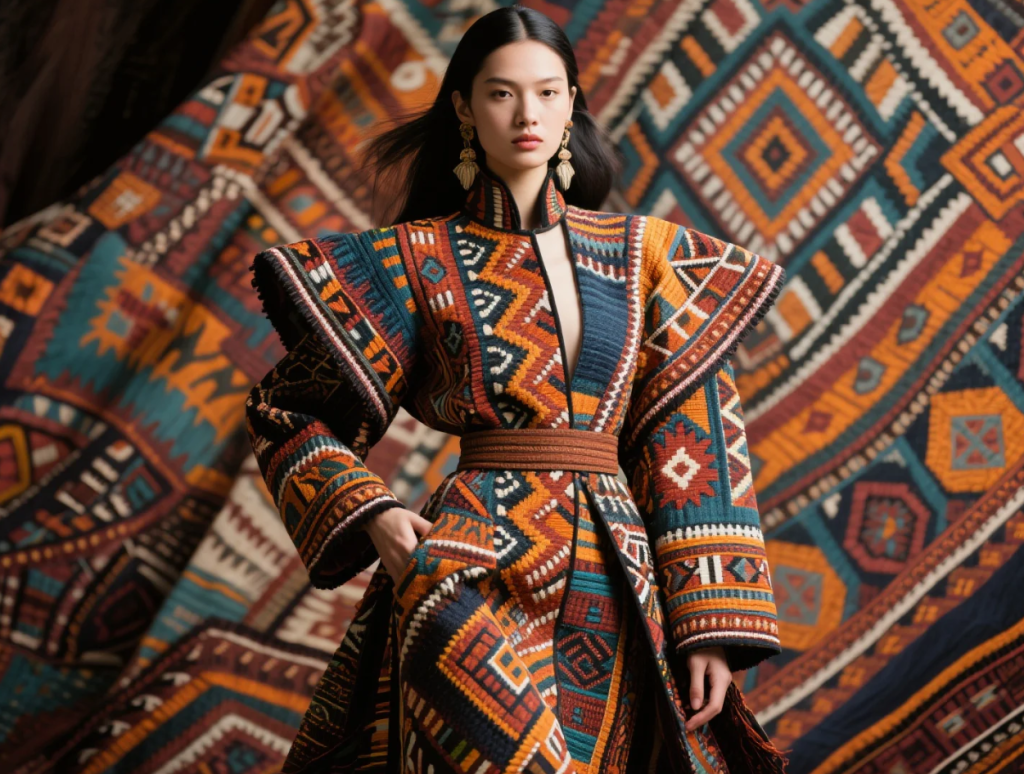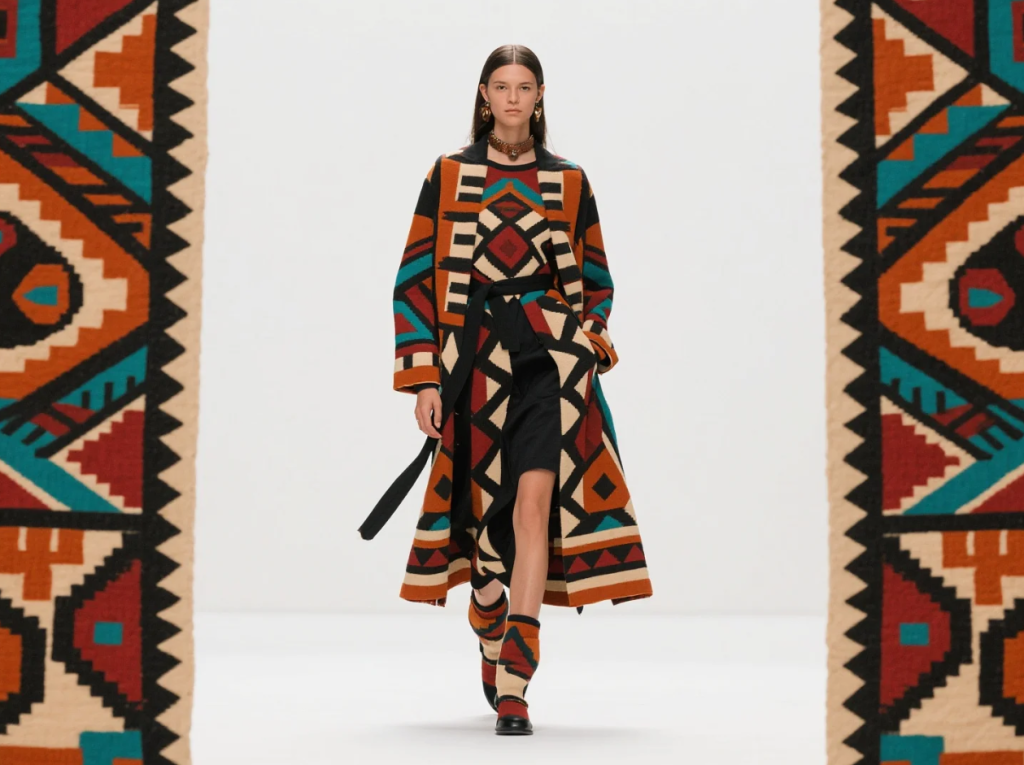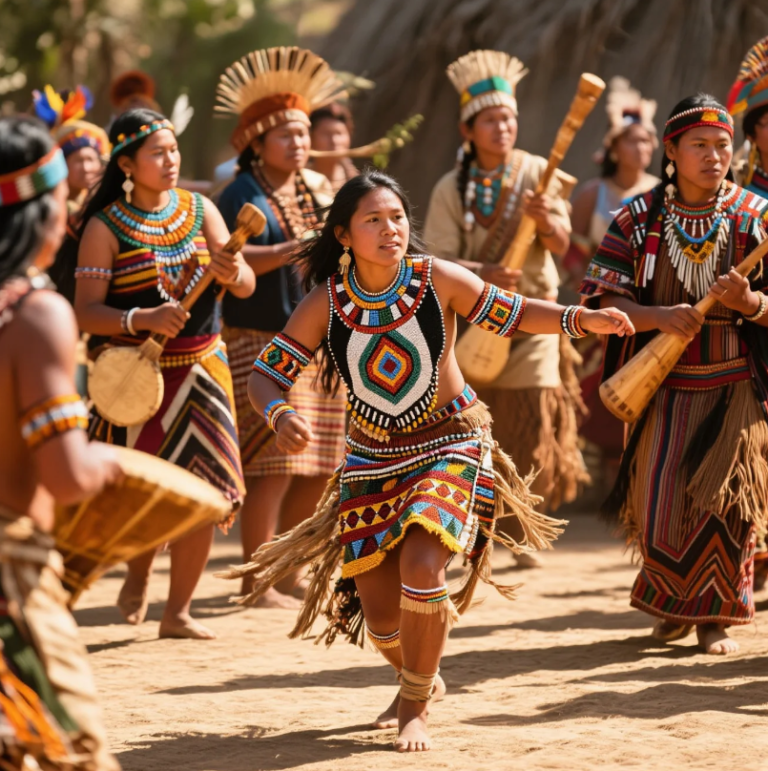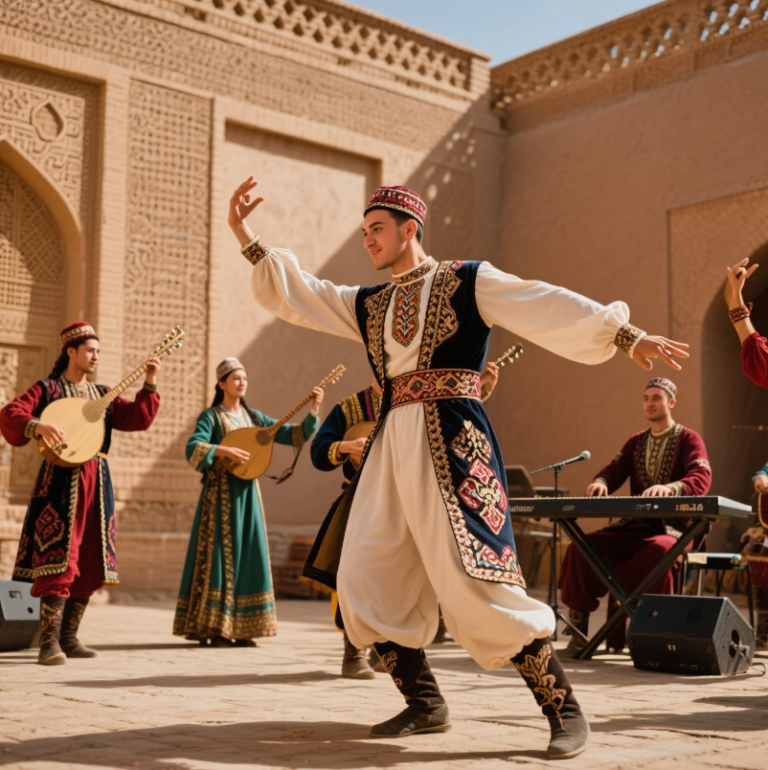
How Traditional Motifs Are Shaping Modern Style and Cultural Appreciation
Fashion is a living art form, constantly evolving through the centuries and across continents. One of the most fascinating trends in recent years is the growing influence of indigenous patterns — traditional motifs created by native cultures around the world — on contemporary Western fashion. This fusion not only brings rich histories and vibrant designs to mainstream wardrobes but also raises important conversations about cultural respect, sustainability, and identity.
In this article, we’ll explore how indigenous patterns have become a powerful source of inspiration for Western designers, why they resonate so deeply with today’s fashion consumers, and how this blend impacts both the fashion industry and cultural heritage.
What Are Indigenous Patterns?
Indigenous patterns are unique designs created by native peoples that often carry symbolic meanings, stories, and spiritual significance. These patterns appear in textiles, beadwork, pottery, and other art forms and reflect the cultural identity and environment of a community.
Some examples include:
- Navajo geometric motifs in Native American textiles.
- Maori koru spirals representing growth and new life in New Zealand.
- African mud cloth symbols rich in storytelling and social meaning.
- Inuit tattoo patterns expressing personal and tribal identity.
These patterns are deeply embedded in indigenous history and are much more than decorative elements — they are visual languages that connect people to their ancestors and environment.
Why Western Designers Are Embracing Indigenous Patterns
1. A Search for Authenticity and Meaning
In an era dominated by fast fashion and digital overload, consumers increasingly crave authenticity and purpose in their clothing. Indigenous patterns offer a connection to heritage and craft that feels genuine and timeless.
2. A Celebration of Diversity
Western fashion is gradually shifting towards inclusivity and representation. Incorporating indigenous motifs helps spotlight cultures historically marginalized or overlooked, fostering appreciation and cross-cultural dialogue.
3. Sustainability and Craftsmanship
Many indigenous communities practice traditional, sustainable methods of creating textiles and patterns. Western designers inspired by these approaches aim to promote slow fashion, quality craftsmanship, and ethical production.
4. Visual Uniqueness
The intricate shapes, bold geometry, and symbolic richness of indigenous patterns add a striking visual edge that differentiates collections in a crowded market.
Examples of Indigenous Influence in Contemporary Fashion
Native American Patterns in Streetwear and High Fashion
Brands like Stella McCartney and Bode have featured Navajo-inspired prints and weaving techniques, carefully collaborating with native artisans to ensure respectful representation. Streetwear brands often incorporate these geometric designs on jackets, hoodies, and sneakers, creating a bridge between traditional art and urban style.
African Textiles in Global Runways
Designers such as Duro Olowu and Lisa Folawiyo have brought African mud cloth and Ankara prints to international audiences, blending traditional dyeing techniques with modern tailoring. These patterns speak to cultural pride and modern elegance simultaneously.
Maori Art and Tattoo Motifs in Avant-Garde Fashion
Some New Zealand designers incorporate Maori symbols and tattoo designs (Ta Moko) into garments, emphasizing cultural storytelling. This trend highlights the intimate relationship between body art and fashion as identity expressions.
Navigating Cultural Appropriation vs. Appreciation
While the use of indigenous patterns in Western fashion is exciting, it also comes with responsibility. The line between cultural appreciation and appropriation is delicate:
- Appreciation involves collaboration with indigenous artists, fair compensation, and education about the cultural significance of patterns.
- Appropriation happens when patterns are used without permission, stripped of context, or exploited purely for profit.
Many fashion houses are now prioritizing ethical partnerships and transparency, which is a positive step toward honoring the source cultures.

How to Wear Indigenous Patterns Respectfully
If you want to incorporate indigenous patterns into your wardrobe while respecting their origins, consider these tips:
- Buy from indigenous-owned brands or artisans. Supporting original creators ensures your purchase benefits the community.
- Learn about the meaning behind the patterns. Understanding cultural significance fosters respect.
- Avoid wearing sacred symbols in inappropriate contexts. Some motifs have spiritual meaning and are not meant for casual fashion.
- Mix indigenous patterns thoughtfully. Pair bold prints with neutral basics to let the pattern shine without overwhelming your look.
The Future of Indigenous Patterns in Western Fashion
As cultural exchange deepens in 2025 and beyond, indigenous patterns are expected to remain a powerful influence — evolving beyond mere trends to become enduring elements of fashion identity. This ongoing fusion invites us to celebrate diversity, honor tradition, and innovate with respect.
For the modern fashion lover, embracing indigenous motifs is more than style — it’s a chance to connect with stories and values that enrich both our wardrobes and our worldviews.

Final Thoughts
The vibrant legacy of indigenous patterns brings depth, meaning, and beauty to contemporary Western fashion. When approached with respect and awareness, this blend offers exciting possibilities for creativity and cultural dialogue — proving that fashion can be a true global language.


